Next stop was the Cementerio Santa Ifigenia.
Every half an hour with much pomp and ceremony accompanied by piped music they change the guard at the mausoleum of Cuba national hero, Jose Marti (1853-95). His wooden casket is draped in Cuban flag and receives daily shafts of sunlight. "No me entierren en lo oscuro/ A morir como un traidor/ Yo soy bueno y como bueno/ Moriré de cara al sol." ("Do not bury me in darkness / to die like a traitor / I am good, and as a good man / I will die facing the sun.")
https://en.wikipedia.org/wiki/Jos%C3%A9_Mart%C3%AD
Nestled peacefully on the city's western extremity, the Cementerio Santa Ifigenia is second only to Havana's Necrópolis Cristóbal Colón in its importance and grandiosity. Created in 1868 to accommodate the victims of the War of Independence and a simultaneous yellow-fever outbreak, the Santa Ifigenia includes many great historical figures among its 8000-plus tombs, notably the mausoleum of José Martí.
Names to look out for include Tomás Estrada Palma (1835–1908), Cuba's now disgraced first president; Emilio Bacardí y Moreau (1844–1922) of the famous rum dynasty; María Grajales, the widow of independence hero Antonio Maceo; and Mariana Grajales, Maceo's mother; 11 of the 31 generals of the independence struggles; the Spanish soldiers who died in the battles of San Juan Hill and Caney; the 'martyrs' of the 1953 Moncada Barracks attack; M-26-7 activists Frank and Josué País; father of Cuban independence, Carlos Manuel de Céspedes (1819–74); and international celebrity-cum-popular-musical-rake, Compay Segundo (1907–2003) of Buena Vista Social Club fame.
http://www.lonelyplanet.com/cuba/eastern-cuba/santiago-de-cuba/sights/cemeteries-memorials-tombs/cementerio-santa-ifigenia#ixzz3x6Zs7bQA
Cementerio Santa Ifigenia
Monday, December 28, 2015
 Santiago de Cuba, Santiago de Cuba, Cuba
Santiago de Cuba, Santiago de Cuba, Cuba
Other Entries
-
24Multi-Coloured “All Sorts” Lollies
Dec 226 days prior Trinidad, Cubaphoto_camera62videocam 0comment 0
Trinidad, Cubaphoto_camera62videocam 0comment 0 -
25Bad Hair Day
Dec 235 days prior Topes de Collantes, Cubaphoto_camera65videocam 0comment 0
Topes de Collantes, Cubaphoto_camera65videocam 0comment 0 -
26Chickens up a tree, dogs barking & cats wandering
Dec 235 days prior Topes de Collantes, Cubaphoto_camera14videocam 0comment 0
Topes de Collantes, Cubaphoto_camera14videocam 0comment 0 -
27Cockerel doing whatever cockerel do, but @ 3.33am!
Dec 244 days prior Topes de Collantes, Cubaphoto_camera34videocam 0comment 1
Topes de Collantes, Cubaphoto_camera34videocam 0comment 1 -
28Jincila Cocktail
Dec 244 days prior Topes de Collantes, Cubaphoto_camera28videocam 0comment 0
Topes de Collantes, Cubaphoto_camera28videocam 0comment 0 -
29Sendero de Alfombra Magica
Dec 244 days prior Topes de Collantes, Cubaphoto_camera47videocam 0comment 0
Topes de Collantes, Cubaphoto_camera47videocam 0comment 0 -
30Mastercard or Visa?
Dec 253 days prior Trinidad, Cubaphoto_camera29videocam 0comment 1
Trinidad, Cubaphoto_camera29videocam 0comment 1 -
31San Isidro de los Destiladeros
Dec 253 days prior Iznaga, Cubaphoto_camera39videocam 0comment 0
Iznaga, Cubaphoto_camera39videocam 0comment 0 -
32Sancti Spiritus
Dec 253 days prior Sancti Spíritus, Cubaphoto_camera88videocam 0comment 0
Sancti Spíritus, Cubaphoto_camera88videocam 0comment 0 -
33Christmas dinner under a full moon
Dec 253 days prior Camagüey, Cubaphoto_camera25videocam 0comment 0
Camagüey, Cubaphoto_camera25videocam 0comment 0 -
34Camaguey
Dec 262 days prior Camagüey, Cubaphoto_camera26videocam 0comment 0
Camagüey, Cubaphoto_camera26videocam 0comment 0 -
35Bicitaxi around Camaguey
Dec 262 days prior Camagüey, Cubaphoto_camera102videocam 0comment 1
Camagüey, Cubaphoto_camera102videocam 0comment 1 -
36Mercado Agropecuario Hatibonico
Dec 262 days prior Camagüey, Cubaphoto_camera70videocam 0comment 0
Camagüey, Cubaphoto_camera70videocam 0comment 0 -
37Santo Domingo
Dec 262 days prior Bartolomé Masó, Cubaphoto_camera72videocam 0comment 0
Bartolomé Masó, Cubaphoto_camera72videocam 0comment 0 -
38Fidel’s Fridge
Dec 271 day prior Las Mercedes, Cubaphoto_camera53videocam 0comment 0
Las Mercedes, Cubaphoto_camera53videocam 0comment 0 -
39Bartolome Maso > Santiago de Cuba
Dec 271 day prior Santiago de Cuba, Cubaphoto_camera27videocam 0comment 0
Santiago de Cuba, Cubaphoto_camera27videocam 0comment 0 -
40Revolution Square ~ Santiago de Cuba
Dec 28earlier that day Santiago de Cuba, Cubaphoto_camera16videocam 0comment 0
Santiago de Cuba, Cubaphoto_camera16videocam 0comment 0 -
41Cementerio Santa Ifigenia
Dec 28 Santiago de Cuba, Cubaphoto_camera32videocam 0comment 0
Santiago de Cuba, Cubaphoto_camera32videocam 0comment 0 -
42Moncada Barracks
Dec 28later that day Santiago de Cuba, Cubaphoto_camera6videocam 0comment 0
Santiago de Cuba, Cubaphoto_camera6videocam 0comment 0 -
43Parque Cespedes ~ Santiago de Cuba
Dec 28later that day Santiago de Cuba, Cubaphoto_camera27videocam 0comment 0
Santiago de Cuba, Cubaphoto_camera27videocam 0comment 0 -
44Lively street life, music & salsa lessons
Dec 28later that day Santiago de Cuba, Cubaphoto_camera66videocam 0comment 0
Santiago de Cuba, Cubaphoto_camera66videocam 0comment 0 -
45Santiago de Cuba from up high
Dec 28later that day Santiago de Cuba, Cubaphoto_camera17videocam 0comment 0
Santiago de Cuba, Cubaphoto_camera17videocam 0comment 0 -
46Castillo de San Pedro de la Roca del Morro
Dec 28later that day Santiago de Cuba, Cubaphoto_camera93videocam 0comment 0
Santiago de Cuba, Cubaphoto_camera93videocam 0comment 0 -
47Roar of the lions
Dec 291 day later Las Tunas, Cubaphoto_camera71videocam 0comment 0
Las Tunas, Cubaphoto_camera71videocam 0comment 0 -
48Santiago de Cuba > Santa Clara
Dec 291 day later Santa Clara, Cubaphoto_camera30videocam 0comment 0
Santa Clara, Cubaphoto_camera30videocam 0comment 0 -
49Comandante Ernesto 'Che' Guevara
Dec 302 days later Santa Clara, Cubaphoto_camera14videocam 0comment 0
Santa Clara, Cubaphoto_camera14videocam 0comment 0 -
50Parque Vidal ~ Santa Clara
Dec 302 days later Santa Clara, Cubaphoto_camera39videocam 0comment 0
Santa Clara, Cubaphoto_camera39videocam 0comment 0 -
51Monumento a la Toma del Tren Blindado
Dec 302 days later Santa Clara, Cubaphoto_camera33videocam 0comment 0
Santa Clara, Cubaphoto_camera33videocam 0comment 0 -
52Santa Clara > Vinales
Dec 302 days later Viñales, Cubaphoto_camera62videocam 0comment 0
Viñales, Cubaphoto_camera62videocam 0comment 0 -
53Underwater @ Cayo Levisa
Dec 313 days later Cayo Levisa, Cubaphoto_camera41videocam 0comment 0
Cayo Levisa, Cubaphoto_camera41videocam 0comment 0 -
54Walk or a siesta?
Dec 313 days later Cayo Levisa, Cubaphoto_camera49videocam 0comment 0
Cayo Levisa, Cubaphoto_camera49videocam 0comment 0 -
55Cigar or a Pina Colada?
Jan 014 days later Viñales, Cubaphoto_camera57videocam 0comment 0
Viñales, Cubaphoto_camera57videocam 0comment 0 -
56Cueva del Indio
Jan 014 days later Cueva Del Indio, Cubaphoto_camera29videocam 0comment 0
Cueva Del Indio, Cubaphoto_camera29videocam 0comment 0 -
57Orquideario
Jan 014 days later Havana, Cubaphoto_camera38videocam 0comment 0
Havana, Cubaphoto_camera38videocam 0comment 0 -
58Barrio Chino de La Habana ~ Chinatown
Jan 025 days later Havana, Cubaphoto_camera68videocam 0comment 0
Havana, Cubaphoto_camera68videocam 0comment 0 -
59Boulevard San Rafael
Jan 025 days later Havana, Cubaphoto_camera26videocam 0comment 0
Havana, Cubaphoto_camera26videocam 0comment 0

 Santiago de Cuba, Santiago de Cuba, Cuba
Santiago de Cuba, Santiago de Cuba, Cuba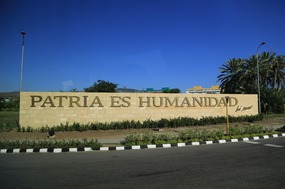
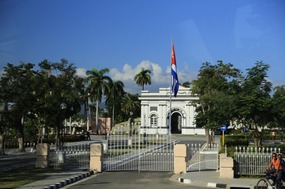
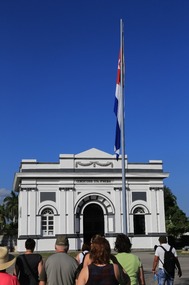
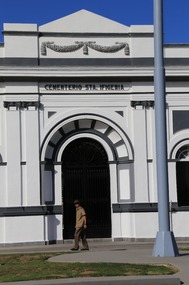
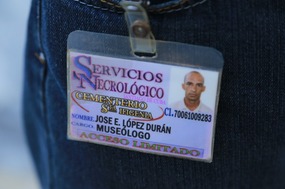
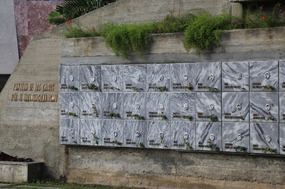
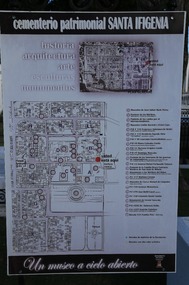
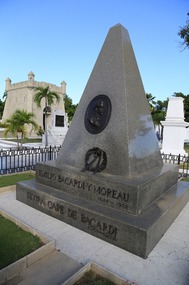
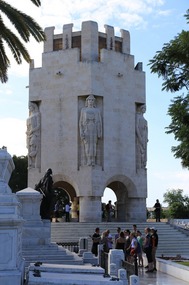
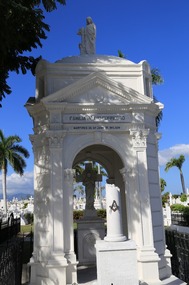
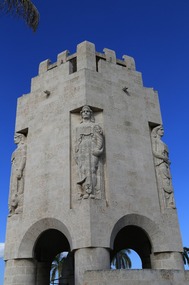
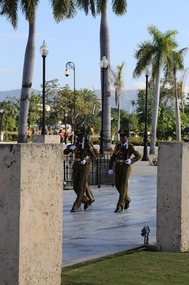
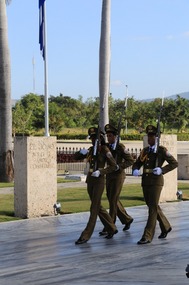
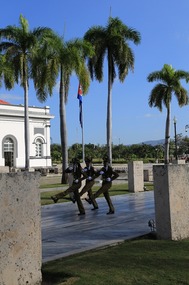
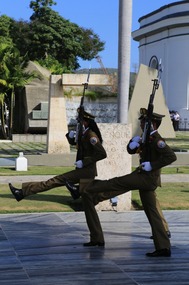
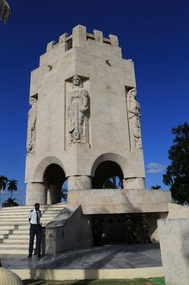
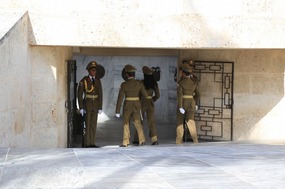

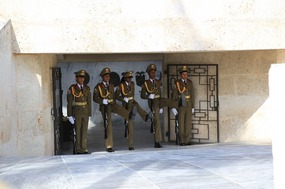
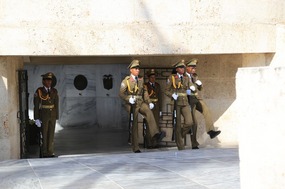
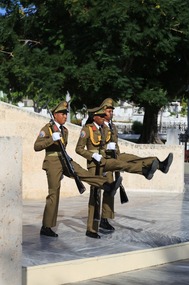
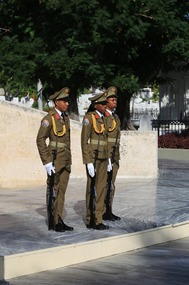
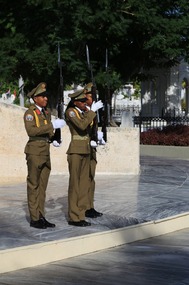
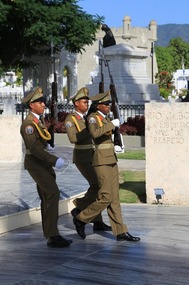
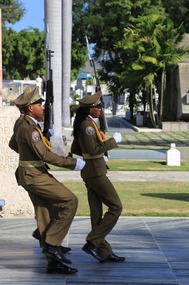
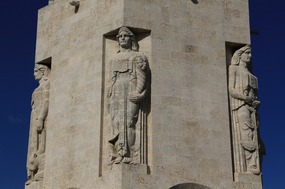

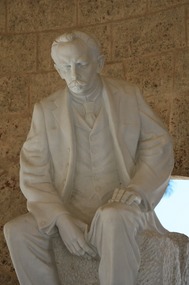
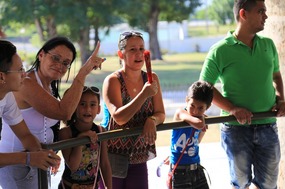
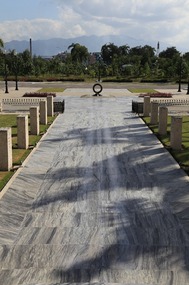
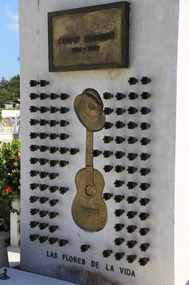


2025-05-22